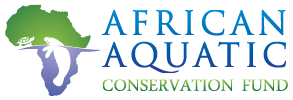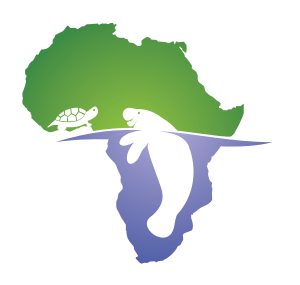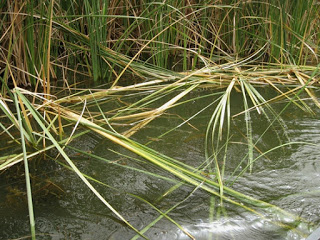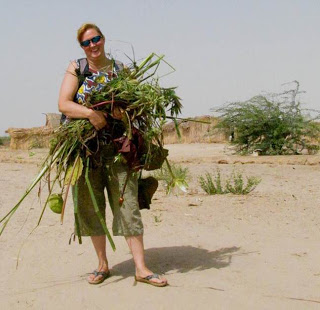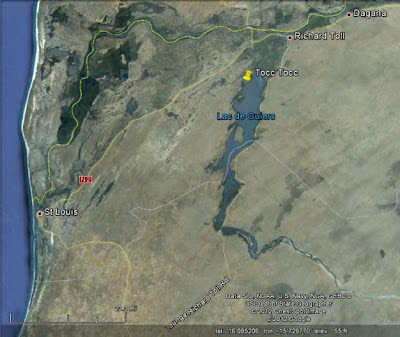We left Dakar last Saturday, in a car loaded full of supplies for manatee sample collection and camping, thrilled to be getting out of the crowded city for a couple weeks of fieldwork in northern and eastern Senegal. Tomas had found a private businessman willing to rent us a car for a reasonable rate, which was lucky, because none of the car rental companies will rent to us when we tell them we’re headed to remote eastern Senegal. The car’s owner just asked us to make sure we got an oil change before we headed out to the desert. We drove north to the pretty colonial town of St Louis and had lunch at our favorite burger joint while waiting for the oil change to be done at the local chain gas station. When it was done, we headed east towards Lac de Guiers, a huge lake in northern Senegal where Tomas worked with the government for many years to establish Tocc Tocc wildlife reserve for manatees and the endemic Adanson’s mud turtle (plus many species of water birds, fish, and other animals). We noticed some extra smoke coming out of the car’s exhaust pipe, but thought it might be normal after an oil change for a diesel engine.
After spending the night at Toleu village on the edge of Lac de Guiers, two boys and I paddled out to the reserve to collect manatee food plant samples. It was a beautiful, clear, sunny day, there were lots of birds on the lake and lots of manatee feeding sign in the plants along the water’s edge.
Manatee feeding sign is easy to spot, because it looks like a bulldozer ripped plants out by their roots… which is exactly what the manatees do. There are also areas of grass pushed in where manatees nose inside floating grass islands to eat.
Back at the village, we had a short manatee educational program for the villagers who are working to build the community-based ecotiourism site at Tocc Tocc. I gave out the new manatee conservation t-shirts and they were a big hit! In places across Africa where people have no TV, newspapers, or much other access to information, t-shirts are a great way to spread a conservation message. Also, I noticed that conservation t-shirts in Africa never seem to come in kids sizes, and in my mind they’re the ones we most need to convince that the environment and wildlife are worth saving. So most of my t-shirts were made for kids, and they say “Let’s Protect the Manatees! Save Our Future!” Huge thanks to Disney Worldwide Conservation Fund and the Save Our Seas Foundation for making these shirts possible through their grants to my work!
Our saviour again returned to Richard-Toll to get a rope strong enough to tow our car back to town. In the meantime we tried to stay hydrated, but it was like sitting in a convection oven- hot wind blew across us, and after pushing the heavy car to turn it around for the tow back to town, I started to feel feverish. Tomas and I decided that while his ancestors had had thousands of years to adapt to living in the harsh Sahelian climate, mine had adapted to the cold, wet conditions of Scotland and Ireland, which afforded me no help in this situation! It was amazing, Tomas was warm but basically comfortable, while I was feverish and almost fainting even after drinking over 3 gallons of water!
The tow back to Richard-Toll went relatively smoothly; the rope did snap twice but we were able to re-tie it and continue. We towed the car to the only hotel we knew in town, and Niaga and our saviour both recommended garages that could assess the damage. Long story short, the next day we found out most of the engine had been destroyed from running without enough of the correct oil. It was devastating news. The repairs are extremely expensive, the parts need to come from Dakar (hundreds of miles away), I don’t carry alot of cash with me (I can’t even dream of anyone taking a credit card), and there is almost no recourse with the two guys in St Louis who caused this entire disaster. This is what our engine has been reduced to! It’s an unfortunate reality of working as a field biologist- we don’t usually have much of a financial buffer for big disasters such as this.
